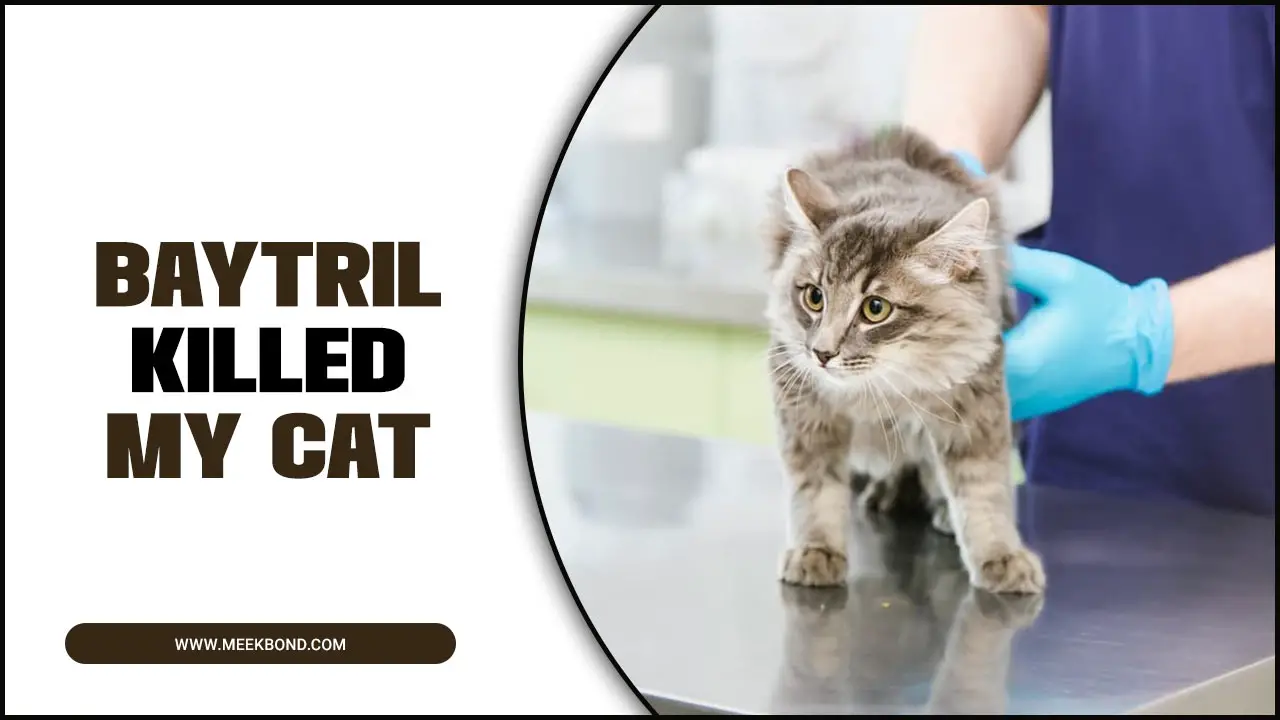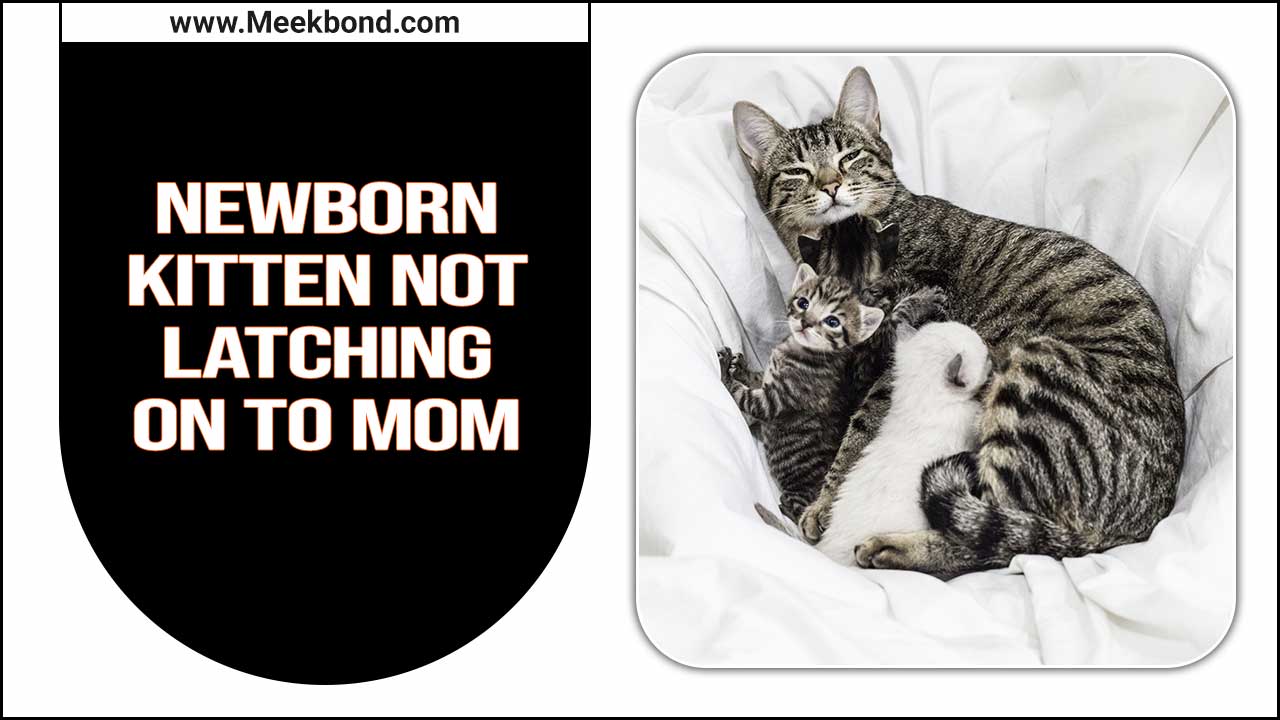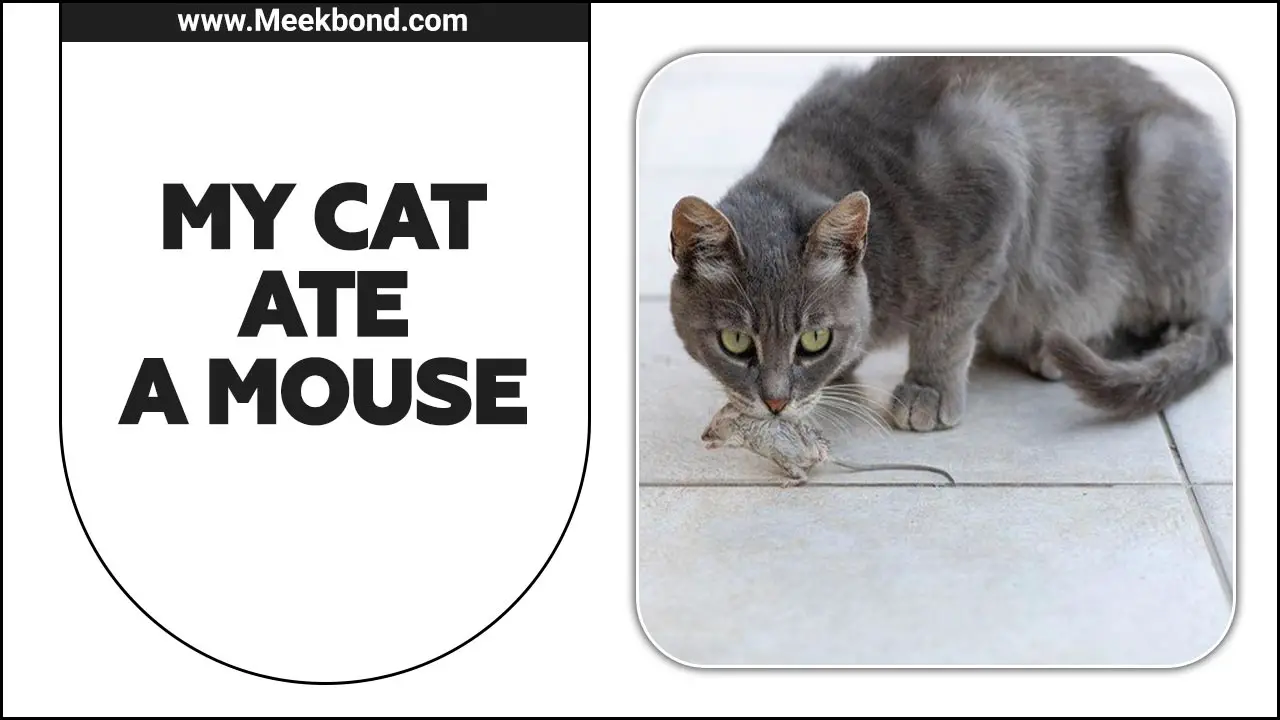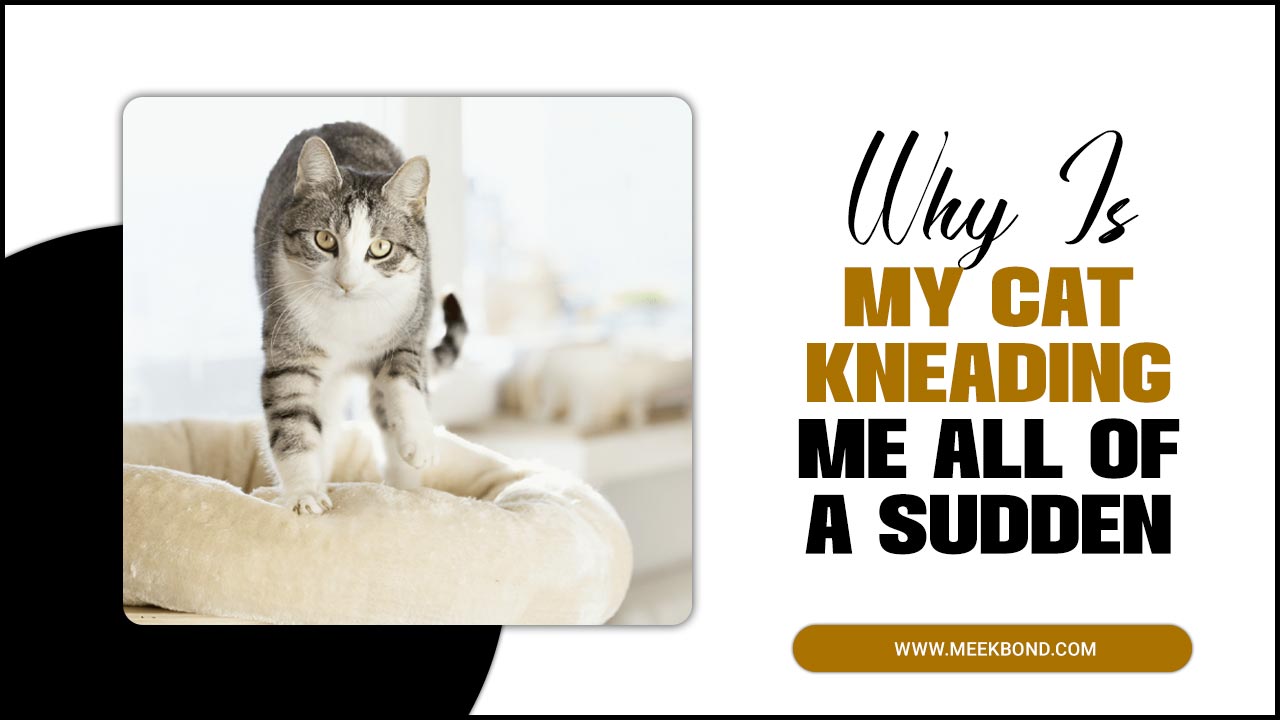For cat lovers, there’s nothing quite as satisfying as running your fingers through a soft, silky fur coat. From the sleek, short hairs of the Siamese to the fluffy, long locks of the Persian, cat fur comes in a wide variety of textures ranging from silky smooth to thick and coarse. As an owner or admirer of these feline creatures, it’s important to understand the different variations of cat fur texture for aesthetic reasons and health and maintenance purposes.
Here, we will explore the various types of cat fur- texture, from short to long and everything in between. We’ll dive into the genetics behind fur texture, how to properly groom and care for different types of fur, and even discuss how certain fur textures can indicate underlying health issues.
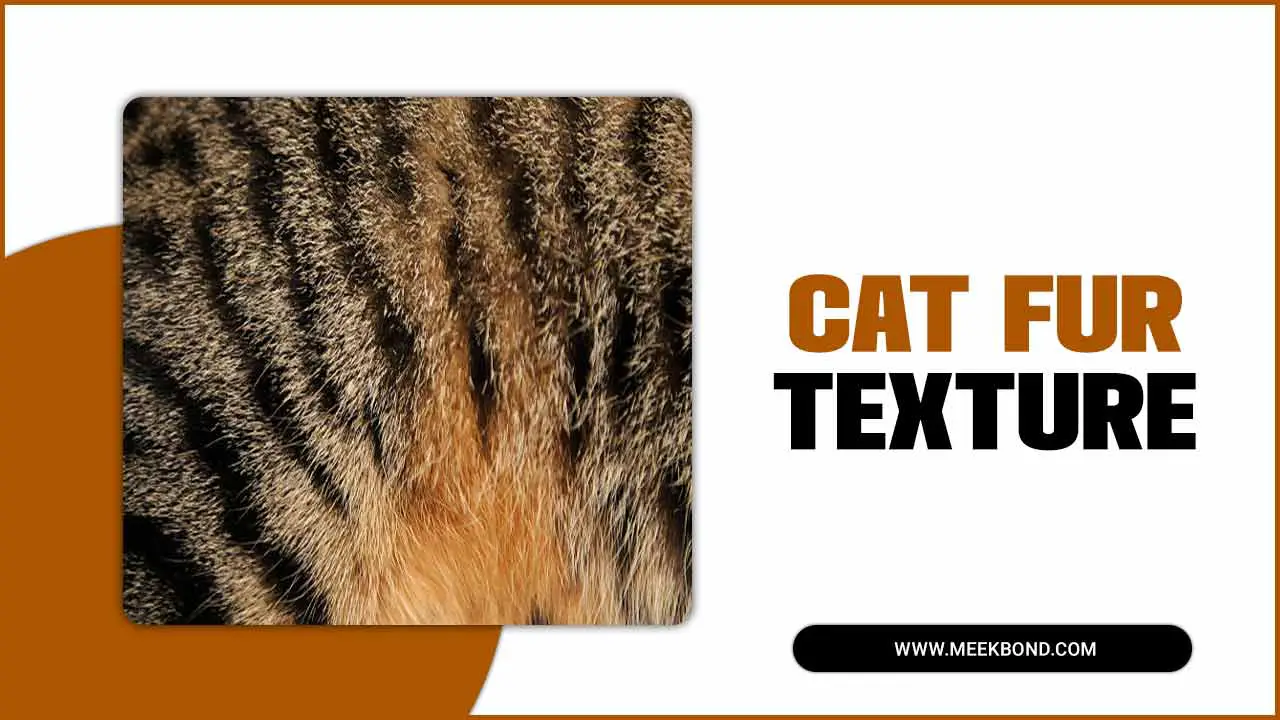
A Close Look At Cat Fur Texture: How It Affects Grooming, Health, And Appearance
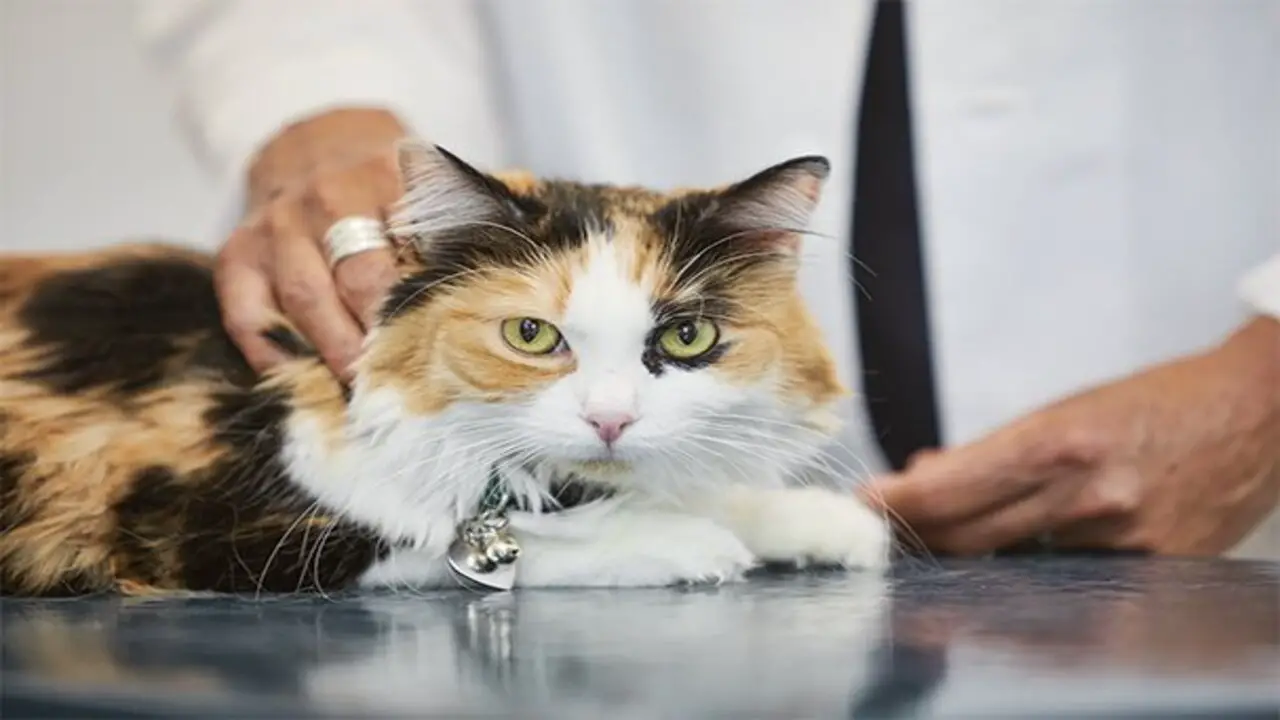
Different textures of cat fur significantly impact grooming routines and overall health. Understanding the texture of a cat’s fur is crucial for maintaining its appearance and well-being. Cat fur texture also plays a role in developing certain health issues. Additionally, the texture of a cat’s fur can influence its overall appearance. Proper grooming techniques vary depending on the texture of a cat’s fur.
When it comes to grooming, the texture of a cat’s fur determines how often they need to be brushed or bathed. For example, cats with long, silky fur, like Maine Coons require more frequent brushing to prevent matting and tangling. On the other hand, short-haired cats may only need occasional brushing to remove loose hairs.
The texture of a cat’s fur can also affect its susceptibility to certain health problems. Cats with thick, dense fur coats like Persians, are more prone to skin infections due to the difficulty of keeping their coat clean. In contrast, hairless cats like the Sphynx breed require special care to protect their sensitive skin from sunburn and cold temperatures.
In terms of appearance, the texture of a cat’s fur can vary greatly. Some breeds have unique fur textures, like the curly fur of the Cornish Rex or the dense, water-resistant fur of the Norwegian Forest Cat. Other factors, such as color and pattern, can also influence the overall appearance of a cat’s coat.
Types Of Cat Fur -Textures
Cat fur can have various textures, ranging from smooth to coarse. Some cats even have a combination of different fur textures on their bodies. When it comes to cat fur -texture, there are several different types that you may come across. Each type has its unique characteristics and can vary depending on the cat breed. Here are some common types of cat fur- textures:
- Short-Haired: This type of fur is typically smooth and sleek to the touch. It is often found in breeds like the Siamese or Abyssinian.
- Long-Haired: Long-haired cats have fur that is fluffy and luxurious. Breeds like the Maine Coon or Persian have long, thick coats that require regular grooming.
- Curly: Some cats have curly fur, which gives them a unique and distinctive look. The Devon Rex breed, for example, has short, curly fur that feels soft and plush.
- Wire-Haired: Wire-haired cats have coarse, wiry fur that stands up from their bodies. This type of fur is commonly found in breeds like the Scottish Fold or British Shorthair.
- Sphynx: Sphynx cats are known for lacking fur, making their skin feel warm and velvety to the touch.
These are just a few examples of the different types of cat fur -textures you may encounter. Each type has its own appeal and requires specific care to keep it looking its best.
Lengths Of Cat Fur -Textures
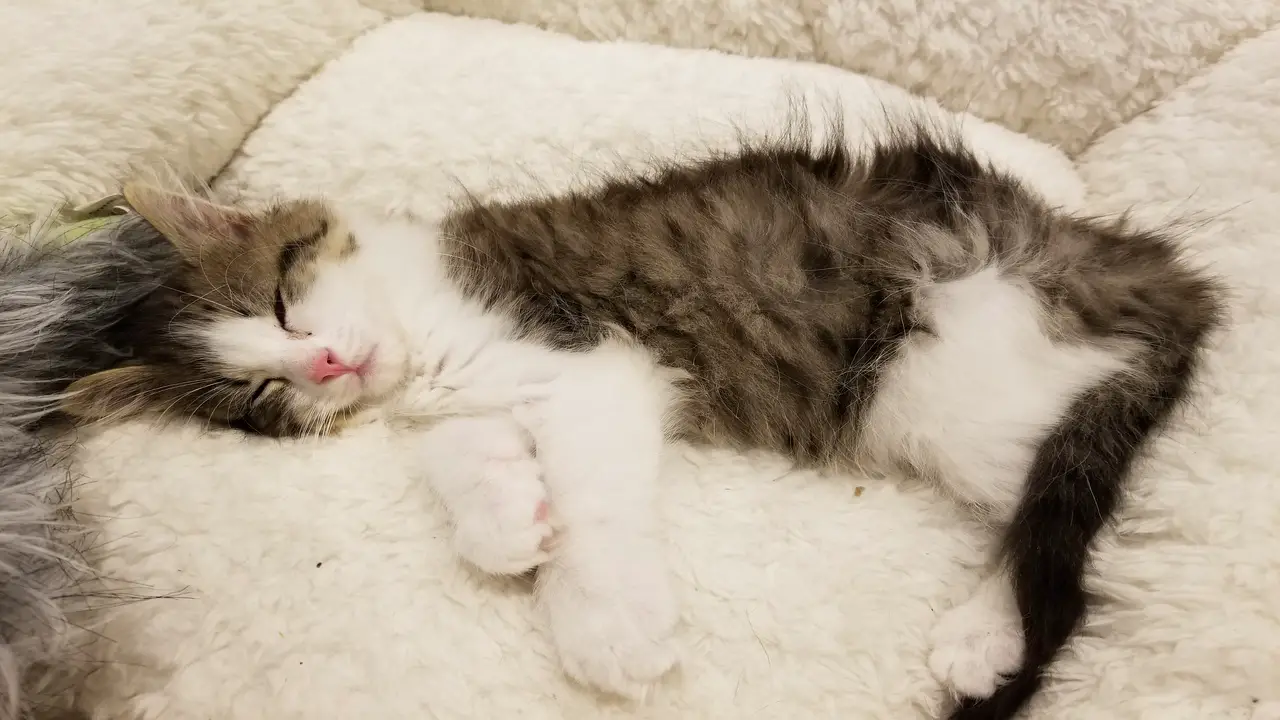
Cat fur can come in various textures, each with its unique characteristics. The length of a cat’s fur can play a significant role in determining its texture. Short-haired cats have smooth and sleek fur, while long-haired cats have soft and fluffy fur. Medium-haired cats fall somewhere in between, with fur that is longer than that of short-haired cats but not as long or dense as that of long-haired cats.
Additionally, the texture of a cat’s fur can vary within these categories, with some cats having fine and silky fur while others have coarser and more textured fur. Understanding cat fur’s different lengths and textures can help owners better care for their feline friends’ grooming needs. Grooming needs and keeping them happy and healthy.
Variations In Cat Fur Patterns
Cat fur -texture can vary greatly depending on the breed and individual cat. Some cats have short, sleek fur that is soft to the touch, while others have longer, thicker fur that may be coarser or more wiry. Cat fur comes in various textures, each unique to the breed or individual cat. Here are some common variations in cat fur patterns:
- Short-haired: Short-haired cats have dense fur and are close to the body. The texture can range from soft and smooth to slightly coarse.
- Long-haired: Long-haired cats have fur that is luxurious and flowing. The texture can be silky, fluffy, or even wooly.
- Curly or wavy: Some cats have curly or wavy fur, which gives them a distinctive and often playful appearance.
- Straight: Other cats have straight fur that lies flat against their bodies.
- Rex: Rex cats have short, curly, and velvety fur to the touch.
- Hairless: Hairless cats, such as the Sphynx breed, lack traditional fur but may still have a fine layer of soft fuzz or a wrinkled skin texture.
These variations in cat fur -texture contribute to their unique appearance and can impact grooming needs and maintenance requirements for each cat.
How Cat Fur -Texture Affects Grooming Needs
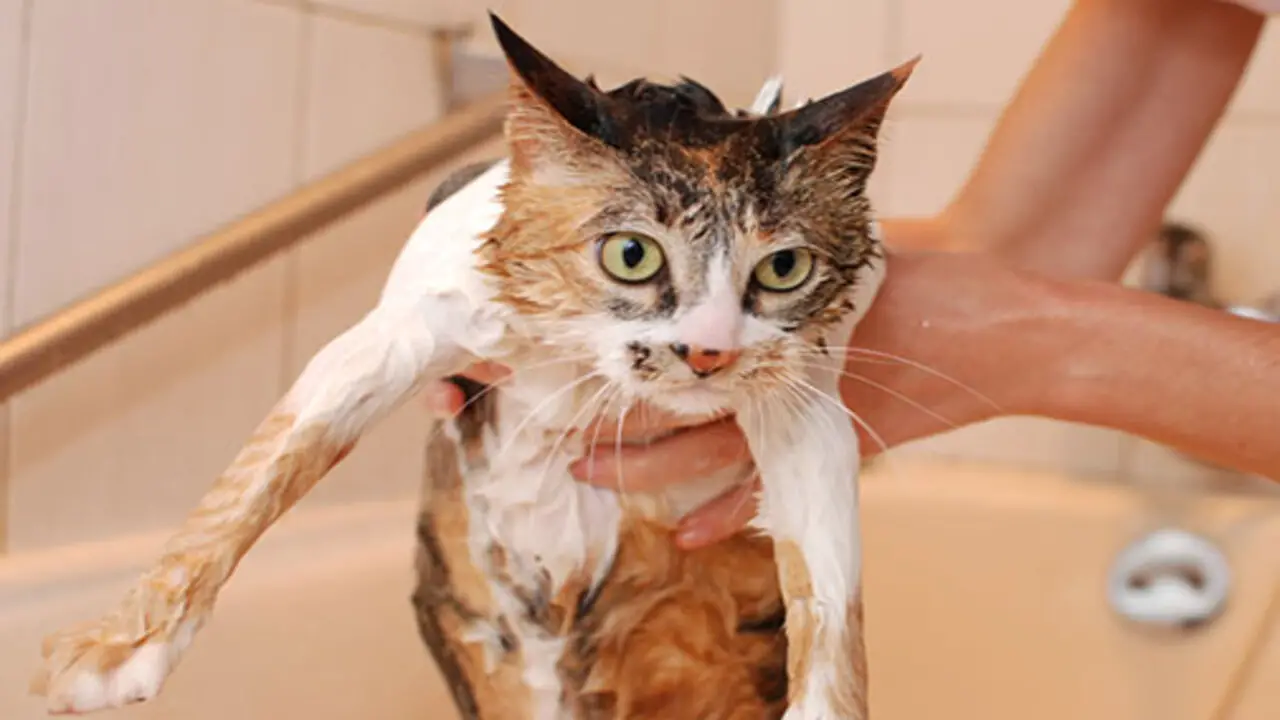
The texture of a cat’s fur can greatly impact its grooming needs. Different breeds and individual cats have varying fur textures, ranging from short and smooth to long and fluffy. Cats with longer fur, such as Persians or Maine Coons, require more frequent brushing to prevent matting and tangling.
On the other hand, cats with shorter fur may need less frequent brushing but still benefit from regular grooming sessions to remove loose hair and keep their coat healthy. Understanding your cat’s fur texture is essential for maintaining their overall well-being and ensuring they stay comfortable and free from skin or coat issues.
Long-Haired Vs Short-Haired Cats: Differences In Fur Texture And Maintenance
Regarding cat fur- texture, there are noticeable differences between long-haired and short-haired cats. Long-haired cats typically have softer and silkier fur compared to their short-haired counterparts. Their fur tends to be longer in length and may require more grooming to prevent matting. On the other hand, short-haired cats have a denser and coarser coat, which can feel sleek and smooth to the touch.
While both types of cats have their own unique textures, it ultimately comes down to personal preference when choosing a cat based on fur texture. Some people may prefer the luxurious feel of long hair, while others may appreciate the low-maintenance nature of short hair. Regardless of fur texture, all cats deserve love and care from their owners.
Health Implications Of Cat Fur- Texture
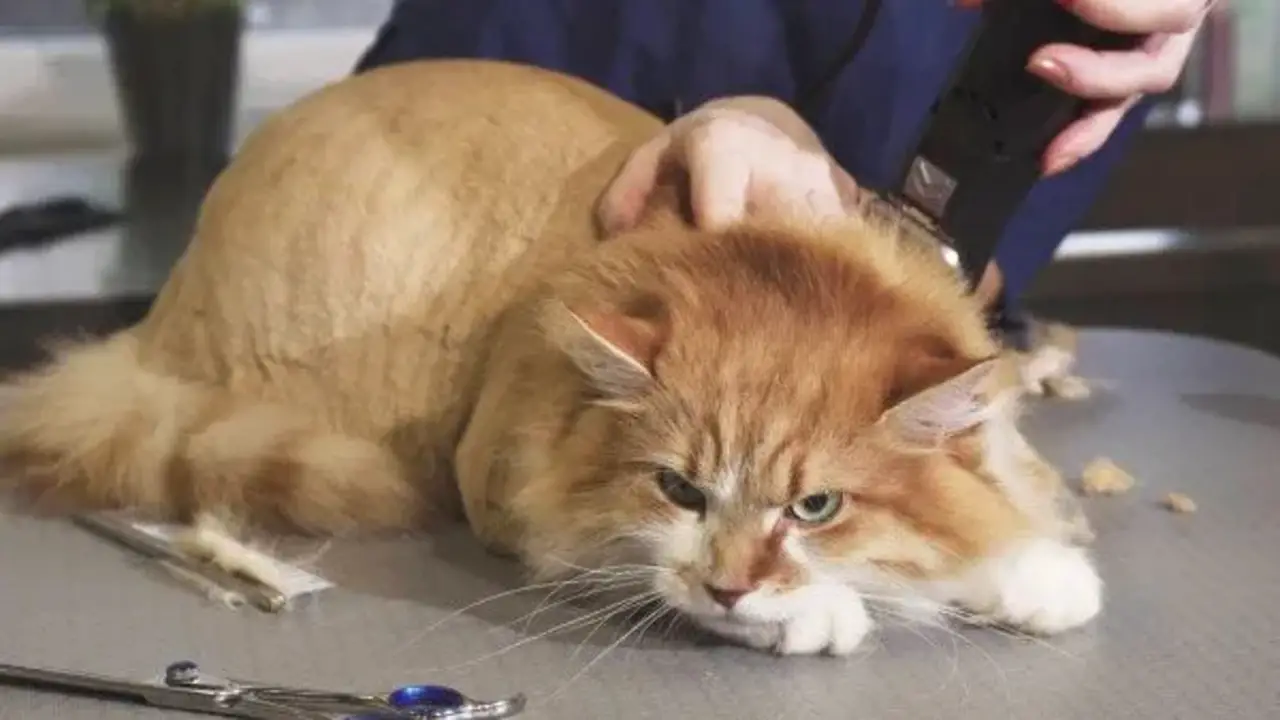
The texture of a cat’s fur can have implications for its health. Cats with smooth, shiny fur are often considered to be in good health, which indicates that they have a well-balanced diet and are properly grooming themselves. On the other hand, cats with dull or greasy fur may be experiencing underlying health issues such as allergies, skin infections, or hormonal imbalances.
Additionally, cats with long or dense fur may be more prone to matting and tangles, leading to discomfort and even skin infections if not properly cared for. Regular grooming and monitoring of a cat’s fur texture can help identify potential health concerns early on and ensure they receive the necessary treatment and care.
Allergies And Cat Fur -Texture: What You Need To Know
Regarding cat fur -texture, there are a few things that individuals with allergies need to be aware of. The texture of a cat’s fur can impact how easily allergens are spread and potentially trigger allergy symptoms. Cats with long, silky fur tend to shed more, and their fur can hold on to allergens like dander and saliva. On the other hand, cats with short, dense fur may shed less but still produce allergens.
Individuals with allergies must choose a cat breed or cat whose fur texture is less likely to cause a reaction. Regular grooming and cleaning can help reduce allergen levels in the home. If you have allergies, speaking with an allergist or veterinarian for guidance on cat breeds or individual cats that may be better suited for your specific allergies may be beneficial.
How To Care For Different Types Of Cat Fur- Texture

The texture of cat fur can vary depending on the cat’s breed, age, and health. Caring for your cat’s fur texture is important to keep them happy and healthy. Different cat breeds have different types of fur, each requiring specific care to keep it in optimal condition. Here are some tips for caring for different types of cat fur -textures:
- Short-haired cats: Short-haired cats typically have a smooth, sleek coat requiring minimal grooming. Regular brushing can help remove loose hair and prevent matting. Additionally, occasional baths can help keep their coat clean and shiny.
- Long-haired cats: Long-haired cats require more frequent grooming to prevent matting and tangles. Daily brushing is recommended to remove loose hair and prevent the formation of hairballs. Regular baths may also be necessary to keep their coat clean and debris-free.
- Curly or wiry-haired cats: Cats with curly or wiry fur may require specialized grooming techniques. Brushing their coat with a comb or slicker brush can help prevent matting, while regular trims may be necessary to maintain their desired shape.
- Double-coated cats: Some cats have a double coat, a dense undercoat, and a longer topcoat. These cats may require more frequent brushing to remove loose hair and prevent matting. They may also benefit from additional grooming tools like de-shedding combs during shedding seasons.
Regardless of your cat’s fur texture, providing them with a balanced diet and plenty of water to promote healthy skin and coat is also important. Consult your veterinarian for personalized advice if you have concerns about your cat’s fur texture or grooming needs.
Grooming Tips For Long-Haired Cats
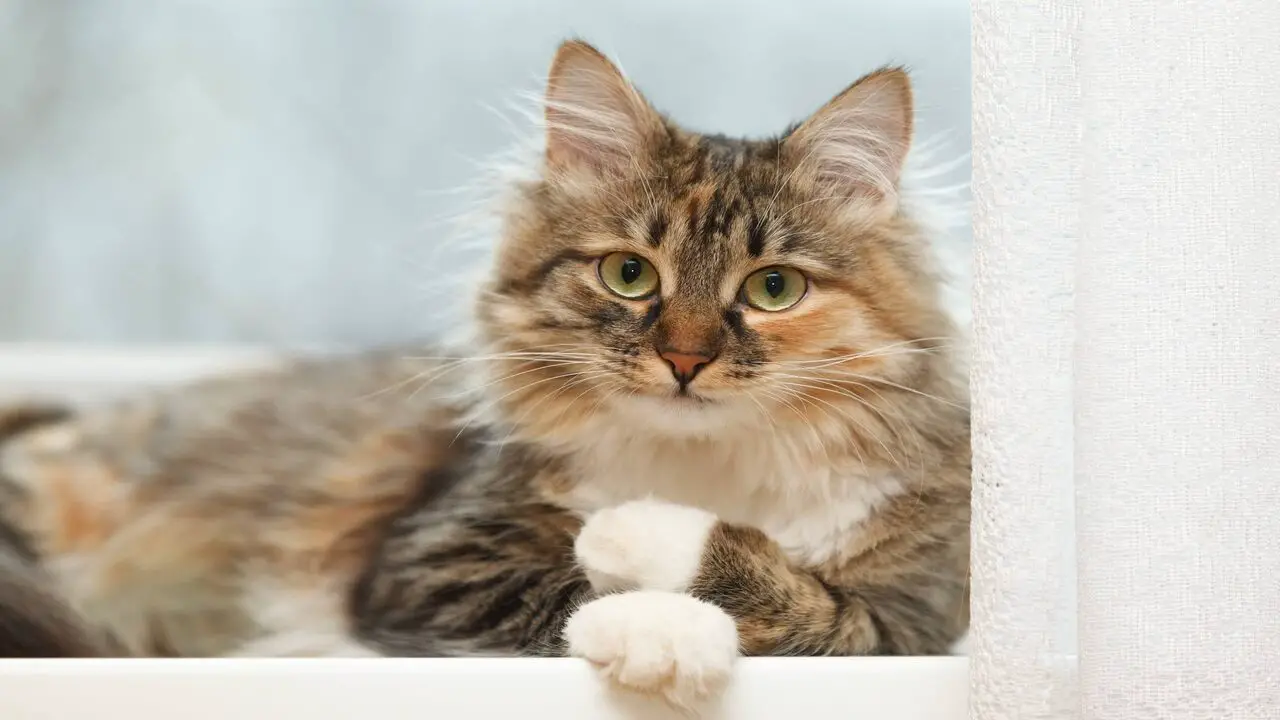
The texture of cat fur can vary greatly depending on the breed and individual cat. Some cats have short, fine fur, while others have long, thick fur. Additionally, the texture can range from silky and soft to coarse and wiry. When grooming long-haired cats, paying attention to their fur texture is important. Here are some tips to keep your feline friend looking and feeling their best:
- Brush regularly: Long-haired cats are prone to matting and tangles, so brushing them regularly is important. Use a brush or comb designed for long-haired cats to remove any knots or tangles gently.
- Use the right products: Invest in high-quality cat grooming products, such as shampoos and conditioners, designed for long-haired cats. These products can help keep their fur soft, shiny, and dandruff-free.
- Trim when necessary: If your cat’s fur is getting too long and starting to drag on the ground or cause discomfort, consider trimming it. You can take your cat to a professional groomer or learn how to do it yourself with the proper tools and techniques.
- Pay attention to hygiene: Long-haired cats are more prone to litter box mishaps and feces sticking in their fur. Regularly check their hind end and clean any messes promptly.
- Monitor for skin issues: Look for any signs of skin irritation or infection, such as redness, itching, or excessive scratching. If you notice any abnormalities, consult with your veterinarian for appropriate treatment.
Following these grooming tips can help maintain your long-haired cat’s beautiful fur texture and overall health.
Grooming Tips For Short-Haired Cats
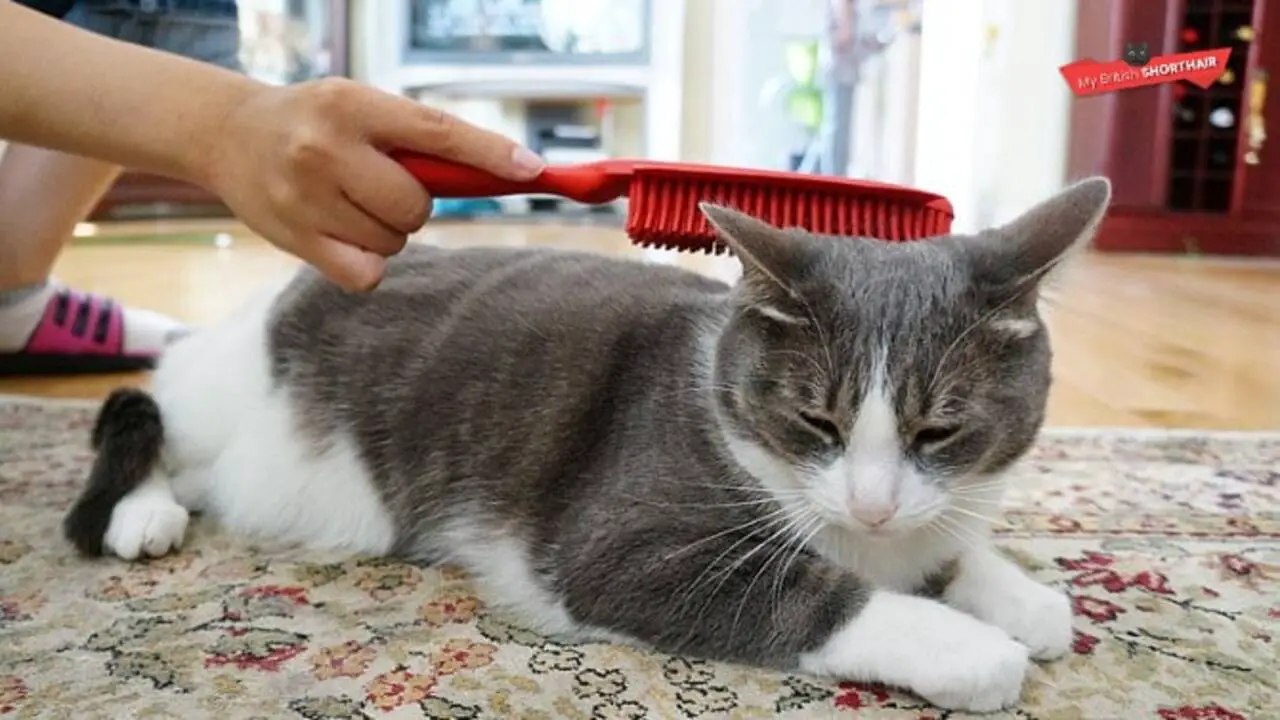
Cat fur- texture can vary greatly depending on the breed and individual cat. Generally, cat fur is soft and silky to the touch, with a fine texture that helps to insulate the cat’s body and protect it from the elements. Grooming your short-haired cat is essential to keeping its fur healthy and maintaining a clean and comfortable coat. Here are some grooming tips specifically for short-haired cats:
- Brush regularly: Even though short-haired cats have less hair, they still benefit from regular brushing to remove loose hairs and prevent matting. Use a soft-bristled brush or rubber grooming glove to brush your cat’s fur gently.
- Bathe as needed: Short-haired cats generally do not require frequent baths unless they get dirty or have skin issues. When bathing them, use a cat-specific shampoo and rinse thoroughly to remove all residue.
- Trim their nails: Regular nail trims are important for all cats, regardless of fur length. Invest in a pair of cat nail clippers and trim the tips of their nails every few weeks to prevent overgrowth and potential injuries.
- Check ears and eyes: Short-haired cats can still accumulate dirt, debris, or wax in their ears, so it’s important to check them regularly and clean them as needed with a damp cotton ball or pet ear cleaner. Additionally, keep an eye on their eyes for any discharge or redness that may indicate an infection or irritation.
- Dental care: Short-haired cats also need proper dental care like any other cat. Introduce toothbrushing gradually using specially formulated cat toothpaste and a soft toothbrush designed for pets.
Remember, each cat is unique, so adjust your grooming routine based on their needs and preferences. If you’re unsure about grooming your short-haired cat, consult your veterinarian for professional advice.
Enhancing Your Cat’s Appearance Through Proper Grooming Techniques

Enhancing your cat’s appearance through proper grooming is essential, and understanding the texture of their fur is a key aspect of this process. Cat fur can vary greatly in texture, from short and smooth to long and fluffy.
Different breeds also have different types of fur, such as the thick and luscious coats of Persians or the sleek and shiny coats of Siamese cats. Understanding your cat’s fur texture can help you determine the best grooming techniques and products to keep their coat healthy and beautiful. Regular brushing, bathing if necessary, and eyeing for any changes in their fur can all contribute to maintaining your cat’s overall appearance and well-being.
Common Issues Related To Cat Fur -Texture And How To Address Them
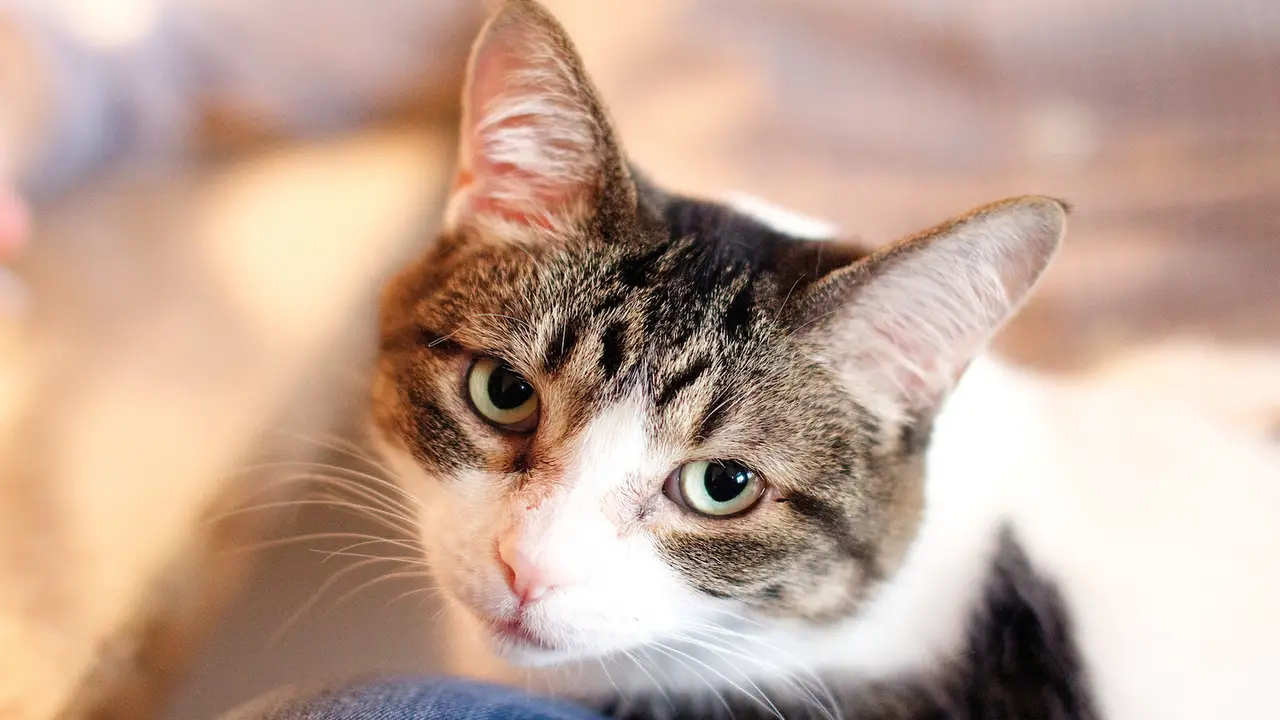
Cat fur -texture can vary greatly depending on the breed and individual cat. While some cats have soft, silky fur, others may have coarse or wiry fur. It is important to note that a cat’s fur texture changes can indicate underlying health issues. Common issues related to cat fur- texture include matting, shedding, and dryness.
Matting occurs when the fur becomes tangled and clumps together, which can be uncomfortable for the cat and may require professional grooming to resolve. Shedding is a natural process for cats, but excessive shedding may indicate an underlying health problem or improper nutrition. Environmental factors or dietary deficiencies can cause the dryness of the fur and lead to a dull and brittle coat. Regular grooming, a balanced diet, and addressing any underlying health issues are key to maintaining a healthy and lustrous coat for your feline friend.
Conclusion
Cat fur texture plays a significant role in grooming, health, and the overall appearance of your feline friend. Understanding the different variations of cat fur -texture can help you provide the appropriate care and maintenance for your cat’s specific needs. Whether your cat has short, medium, or long fur, it’s important to regularly groom and brush their fur to prevent matting and tangles.
Additionally, different fur textures may require specific grooming techniques and products. By learning about and caring for your cat’s fur texture, you can ensure they stay healthy, comfortable, and looking their best. Remember, a well-groomed and healthy coat reflects a happy and contented cat.
Frequently Asked Questions
What Is The Texture Of A Cat’s Coat?
A cat’s coat can vary in texture depending on the breed and individual cat. Common textures include short, smooth, medium, silky, long and fluffy. The texture of a cat’s coat can affect shedding, grooming needs, and overall appearance. Regular brushing helps maintain a healthy coat for your feline friend.
Why Do Cats Have Different Textured Fur?
The texture of a cat’s fur is determined by genetics and can vary among different breeds. Selective breeding has also played a role in creating different fur textures. Additionally, environmental factors like humidity and temperature can impact the texture of a cat’s fur. Fur texture serves various functions, including insulation, camouflage, and protection.
What Role Does Health Play In My Cat’s Coat And Skin Appearance?
Your cat’s overall health, diet, and grooming habits play a crucial role in the appearance of their coat and skin. A healthy cat will have a shiny, soft, and thick coat. Poor nutrition or underlying health issues can lead to dry skin, excessive shedding, or bald patches. Regular grooming and veterinary check-ups are essential for maintaining your cat’s coat and skin health.
What Are The Different Textures Of Cat Fur, And What Causes Them?
Cat fur has different textures, including short, medium, and long. The texture is determined by genetics, breed, and factors like nutrition and grooming. Some cats have straight fur, while others have curly or wavy fur.

Aquarium passion is all about connecting with the aquatic life and providing education to the public on the importance of these creatures. We showcase a wide variety of marine life through our exhibits as well as working with schools to provide unique learning opportunities for students of all ages.

